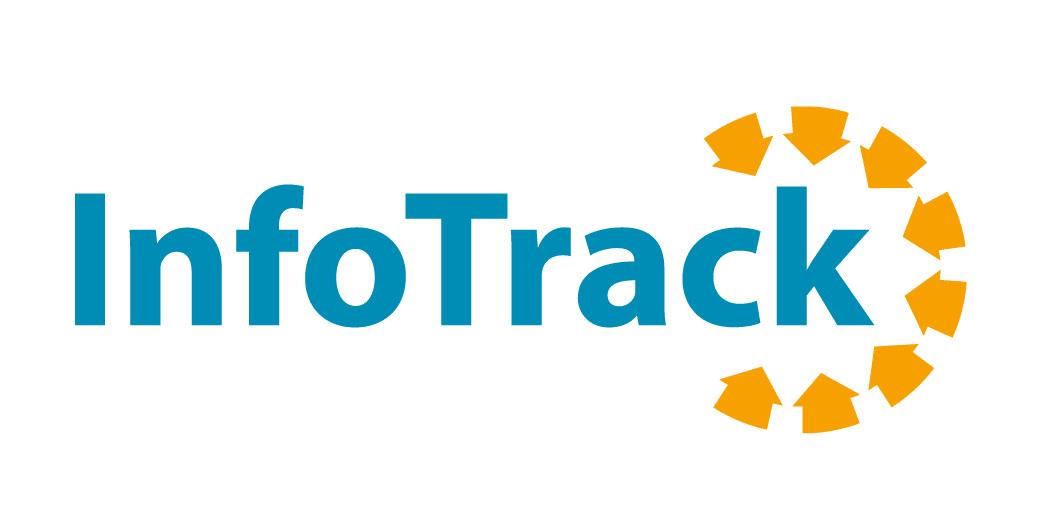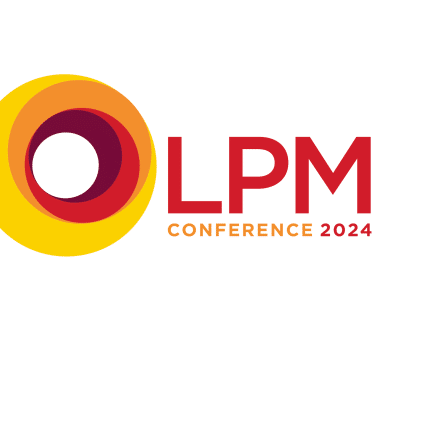
What does the digital divide in conveyancing mean for firms?
Acquisitions and closures, a shrinking talent pool, and a roadblock on the progress of driving digital transformation in conveyancing — those are the challenges the profession and firms face if the digital divide continues to widen in conveyancing, says InfoTrack chief operating officer Sam Jordan
The newly released Digital Conveyancing Maturity Report 2024 shines a light on the level of technology adoption in the conveyancing process for individual firms and across the profession.
One stark feature of the data was the divide between the firms with the highest and lowest levels of adoption. In 2022 the most digitally advanced group outscored the least advanced by 44 percentage points, that difference has increased to 50 points in 2024. This comes at a time when new solutions are more popular and more available than ever. If we look more closely at the data, we can see it’s an increase in the higher scores twinned with lower scores stubbornly stuck where they were that is causing the gap to grow.
So, if the ‘technologically rich’ are getting richer and the gap is widening, what does this mean for the profession, and what can be done to help law firms, their employees, and their clients benefit from innovation?
There are two key challenges that the growing digital divide presents. The first is for the firms that are falling behind. It is a harsh reality that no business has ever been able to ignore the technological advances in their industry and remain competitive in the long term. The pages of business student’s textbooks are full of these cautionary tales. Over the last couple of years, we have witnessed the number of conveyancing firms shrinking and consolidation in the industry increasing again. The mergers and acquisitions inevitably seem to involve the more forward-thinking firms taking over and rolling out their processes and technology across the new organisation. Longer-term the technology evolution is inevitable, one way or the other.
The second challenge will affect everyone in the short and medium term. It is a truism that any process is only as strong as the weakest link in the chain — and as we all know conveyancing is all about the chains. Firms that embrace technology will be able to operate more efficiently and move more quickly. However, they often bemoan ‘the other side’ that refuse to engage digitally.
We see one example with clients being onboarded and contracts issued in 24-48 hours, and then the frustration sets in as the process on the other side of the transaction still takes two weeks to do the same thing. So, although the benefits for each individual firm will continue to drive their adoption of technology, the interconnected nature of the profession means that the greatest benefits will only be felt by all conveyancers and home movers when using the best technology available has become the norm.
We can see from the Maturity Report that amongt the top scorers, the appetite for more is only increasing, so what can we do to support the firms that are earlier in their journey or just starting out? Embracing technology in small, incremental steps is the best approach. Consider where you can apply some quick wins and target real pain points, but don’t try to change everything all at once. An overnight revolution isn’t going to happen, but a consistent managed adoption of digital tools builds a strong foundation that brings efficiency, improves accuracy, and delivers a better experience for your staff and your clients.
In terms of where to focus, client onboarding and post completion are a good places to start. They are the areas of highest adoption already and they are less disruptive to the core conveyancing process. Additionally, integrations with case management systems, lender panels, and searches all provide benefits that quickly build the case for more. These are also the areas that the most advanced firms have already mastered. However, where they are now focusing, and where the largest gains can be made is across creating contract packs, enquiries, reporting to clients, and exchanging. It is a journey but there is a path to follow.
What we also know is that community is important. Firms that are part of membership bodies are, on average, more digitally advanced than those that are not. The more people engaged in this process, and the highest-scoring firms are open to learning and discussing new technologies with their peers. Working within a community provides the benefit of shared experiences and gives other firms confidence to try and trust digital options.
You can find out your digital maturity score in less than 10 minutes, and discover where your firm could benefit from new opportunities.




